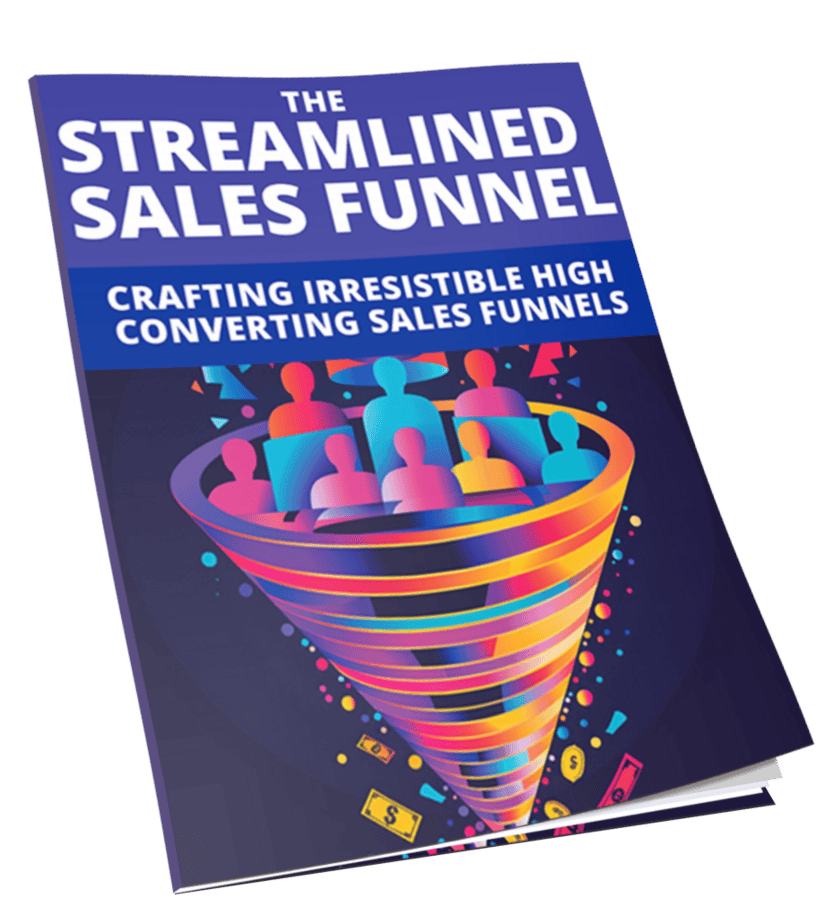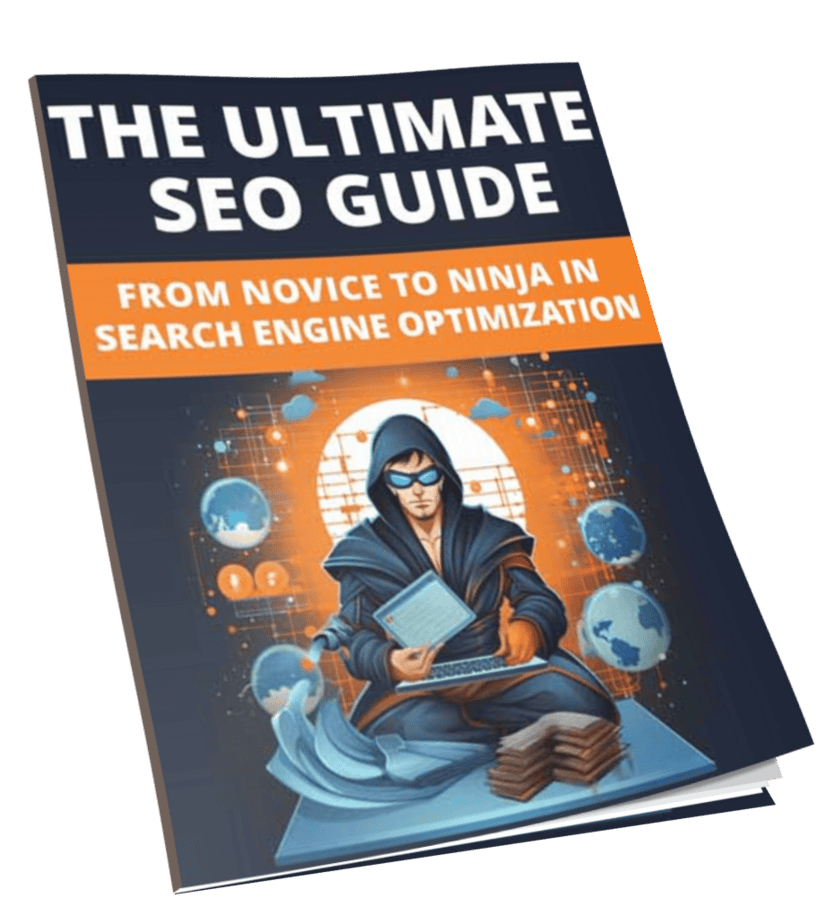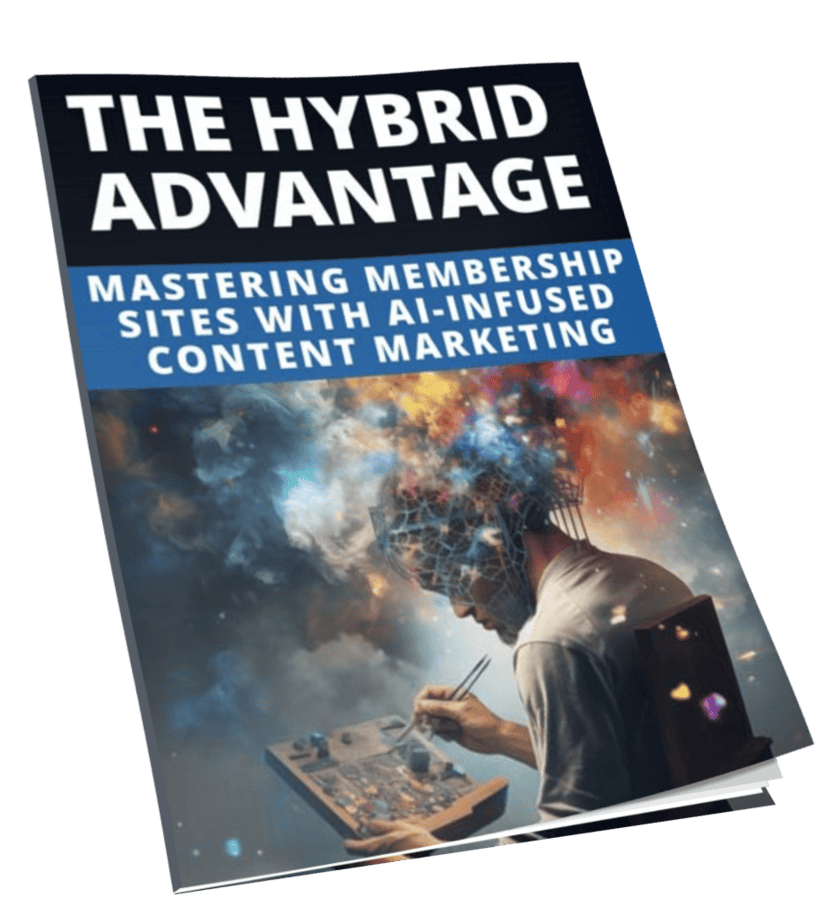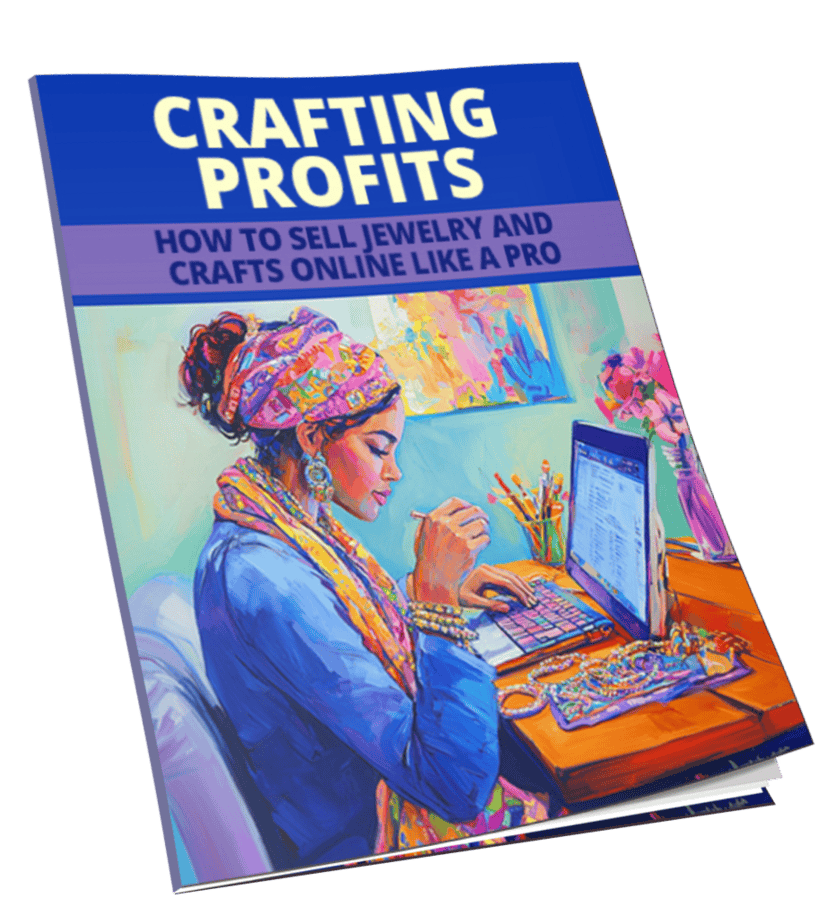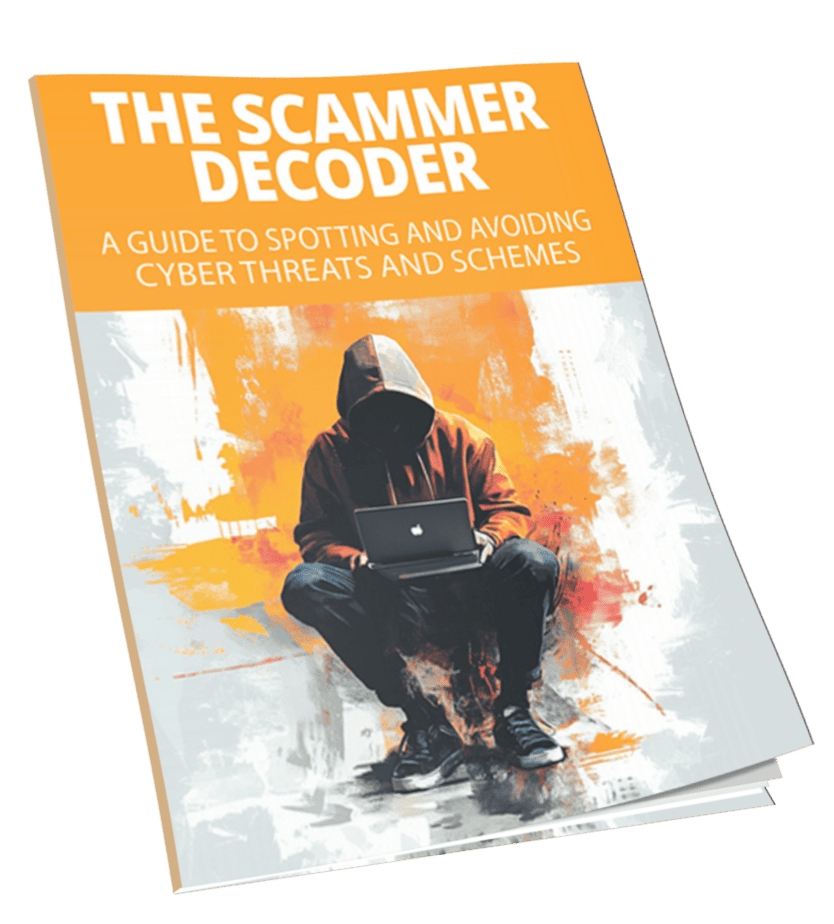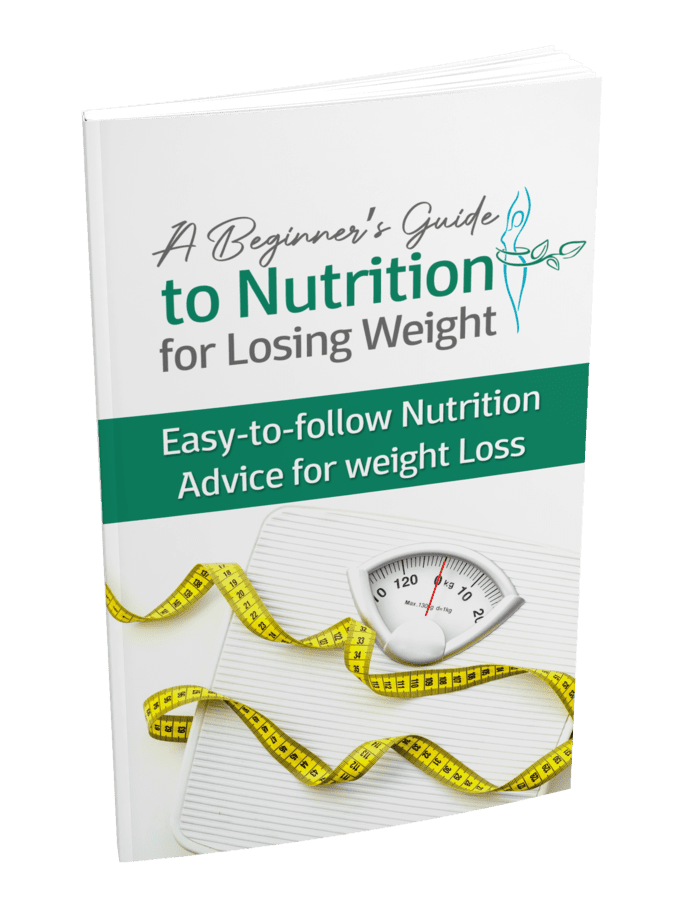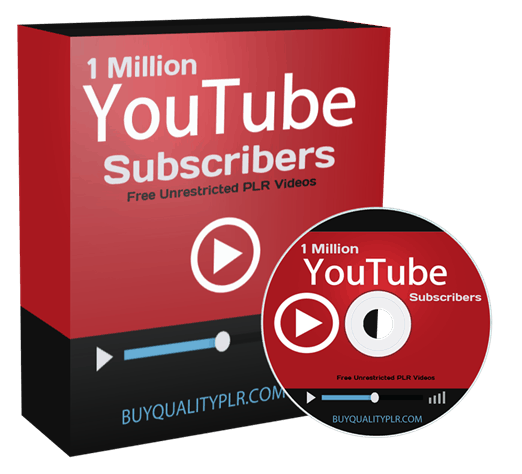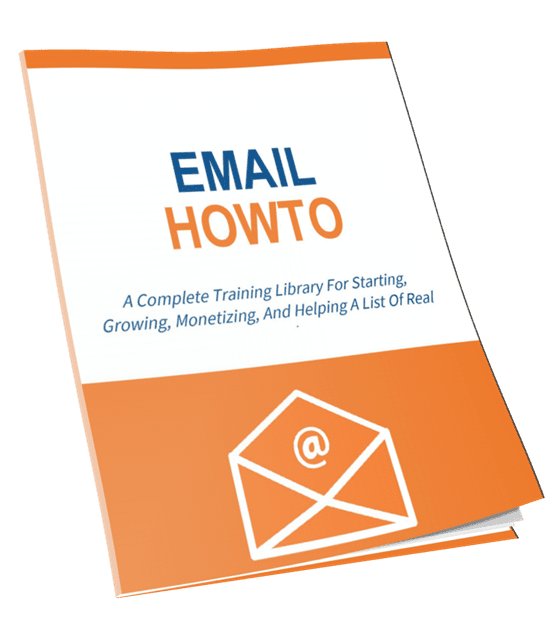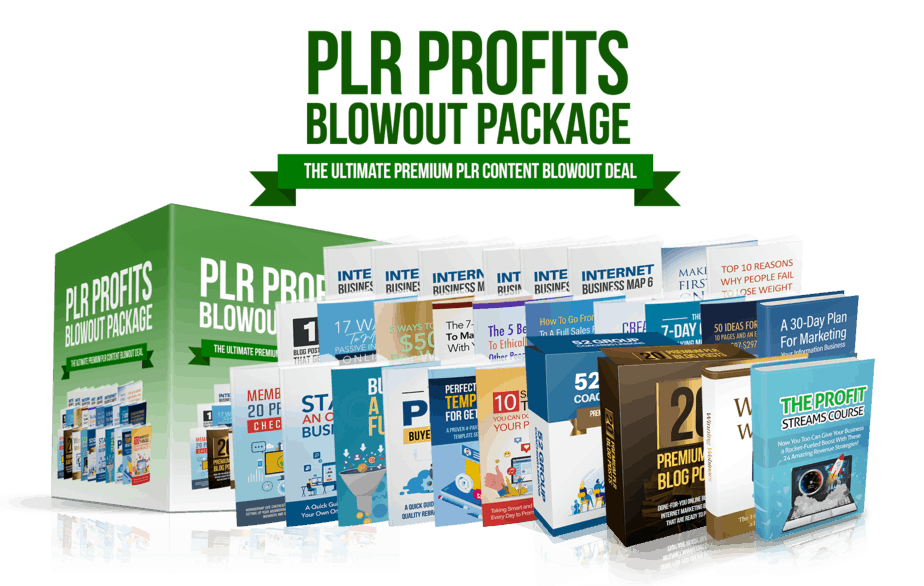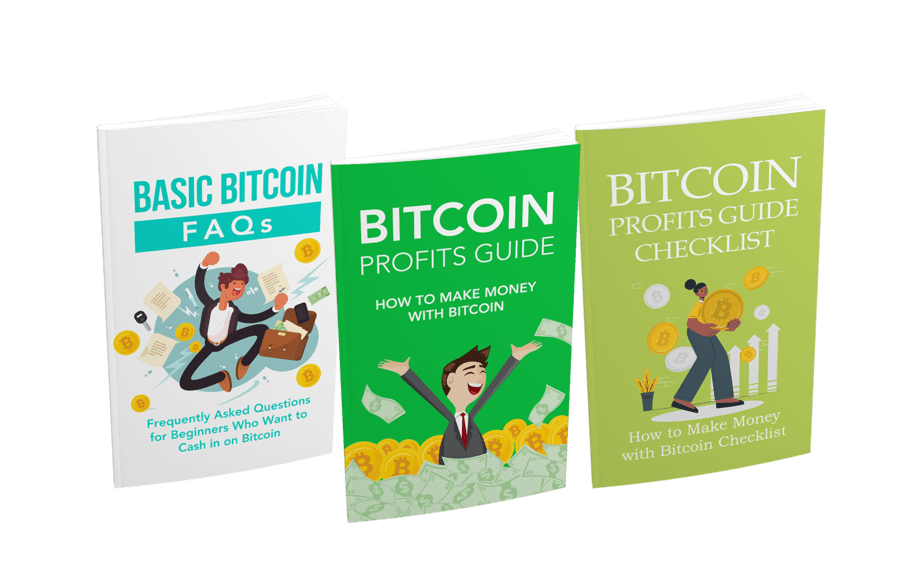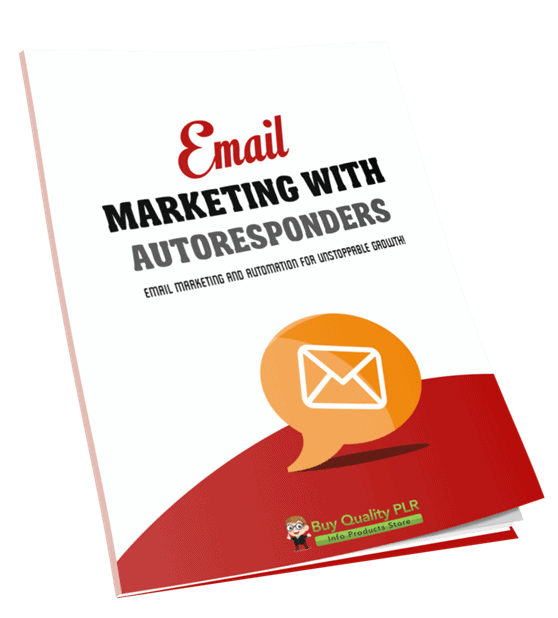
Email Marketing with Autoresponders PLR Course 26k Words
in Email Marketing PLR , Email Marketing PLR Ebooks , PLR Checklists , PLR eBooks , PLR eCourses , Premium PLR , Premium PLR eBooks , Premium PLR Reports , Premium White Label Brandable PLR Coaching Courses , Private Label Rights ProductsChoose Your Desired Option(s)
has been added to your cart!
have been added to your cart!
#emailmarketing #plrcourse #autoresponders #emailstrategies #marketingautomation #marketingessentials #businessgrowth #learnemailmarketing #plrcontent #emailcampaigns #emailengagement
Master the Art of Email Marketing and Automation for Unstoppable Growth!
Email marketing is one of the most powerful tools to grow your business, and when paired with autoresponders, it can work like a 24/7 sales machine. Introducing the “Email Marketing with Autoresponders” PLR Course—a step-by-step guide to help you create high-converting email campaigns, build meaningful connections with your audience, and drive consistent results.
Presenting…
Email Marketing with Autoresponders PLR Course 26k Words
What’s Inside the Email Marketing with Autoresponders Course?
Module 1: Getting Started with Email Marketing
Kickstart your journey with the fundamentals of email marketing.
- Understand the Basics: Learn what email marketing is and why it’s a must-have strategy for your business.
- Set Your Goals: Define clear objectives, whether it’s building a list, driving sales, or engaging with your audience.
- Choose the Right Tools: Explore the best email platforms like Mailchimp and ActiveCampaign to suit your needs.
- Build Your First Email List: Learn ethical ways to grow your subscriber base and make real connections.
Module 2: Crafting Emails That Connect
Create emails that captivate your readers and keep them coming back.
- Write Engaging Subject Lines: Grab attention and boost open rates with compelling headlines.
- Structure Clear and Compelling Content: Master the art of writing emails that are valuable, concise, and action-driven.
- Add Personalization: Use segmentation and personalization to make your emails feel tailored for each recipient.
- Design for Visual Appeal: Ensure your emails look great on all devices with clean, professional designs.
Module 3: Understanding Autoresponders
Discover the power of automation to save time and boost engagement.
- What Are Autoresponders? Learn how they work and why they’re essential for automated campaigns.
- Set Up Your First Autoresponder: Step-by-step guidance to create a welcome email series for new subscribers.
- Perfect Your Timing and Frequency: Find the right balance to keep subscribers engaged without overwhelming them.
- Test and Optimize: Learn how to test your emails for deliverability, broken links, and performance tracking.
Module 4: Building Advanced Campaigns
Take your email marketing to the next level with these advanced strategies.
- Segment Your Audience: Group subscribers based on their interests, behaviors, and demographics for better targeting.
- Trigger Behavior-Based Emails: Send personalized emails based on actions like purchases or abandoned carts.
- Upsell and Cross-Sell Effectively: Use autoresponders to recommend additional products or services.
- Re-Engagement Campaigns: Bring back inactive subscribers with strategic campaigns that reignite interest.
Module 5: Measuring Success and Scaling Up
Understand what works and how to amplify your results.
- Track Key Metrics: Learn what open rates, click-through rates, and conversions mean for your campaigns.
- A/B Testing: Test subject lines, content, and visuals to determine what resonates with your audience.
- Optimize for Better Performance: Use analytics to refine your campaigns for maximum results.
- Scale Your Strategy: Grow your email list, expand your campaigns, and reach more potential customers.
Who Is This Course For?
- Entrepreneurs: Simplify and scale your email marketing efforts with proven strategies.
- Marketers: Create engaging, automated campaigns that drive conversions and revenue.
- Business Owners: Strengthen customer relationships and increase sales through email.
- Content Creators: Use email to build a loyal following and monetize your audience.
What’s Included in the PLR Package?
Email Marketing with Autoresponders Course (24,046 words): Comprehensive modules covering every aspect of email marketing.
- Checklist (567 words): A handy guide to ensure you don’t miss any important steps.
- FAQs (1,163 words): Expert answers to common email marketing questions.
- Sales Page (765 words): Ready-to-use copy to help you sell this course with ease.
How to Profit from This Course
Here’s how you can use this high-quality PLR content to generate income:
- Sell It as a Standalone Course
Price it at $47–$97 and market it as the ultimate email marketing guide for beginners and experts alike. - Bundle It with Related Products
Combine it with social media or digital marketing courses to create a premium package. - Offer It as a Membership Perk
Include the course in a subscription model for recurring revenue. - Create Bite-Sized Content
Turn each module into blog posts, lead magnets, or video tutorials to attract and engage your audience. - Host Workshops or Webinars
Use the content to run live or recorded training sessions, charging participants a premium fee. - Build Your Authority
Offer excerpts as free resources to grow your email list and establish credibility in the digital marketing niche.
Why Choose This PLR Course?
- Professionally Written: High-quality content crafted for maximum value and clarity.
- In-Demand Niche: Email marketing remains one of the most effective tools for businesses.
- Time-Saving: Pre-made content means you can start selling or using it immediately.
- Customizable: Edit and rebrand it to fit your unique style and audience.
Special Offer: Get the Email Marketing with Autoresponders PLR Course for Just $14.99!
This is your opportunity to own a premium product in a high-demand niche. Whether you’re looking to educate, monetize, or expand your digital offerings, this course delivers unmatched value.
has been added to your cart!
have been added to your cart!
Here A Sample of Email Marketing with Autoresponders PLR Course
A step-by-step guide to mastering email marketing and leveraging autoresponders to build connections, boost engagement, and drive sales.
Module 1: Getting Started with Email Marketing
Step 1: Understand the Basics of Email Marketing
Email marketing is the cornerstone of successful digital communication for businesses worldwide. To fully grasp its power, let’s break it down into simple, actionable steps that guide you through understanding what it is, why it’s essential, and how it can transform your business.
1.1: What is Email Marketing?
Email marketing is a direct communication channel where businesses send messages to individuals via email. It’s not just about promotions; it’s about building lasting relationships with your audience.
- Definition: Email marketing involves using email to share valuable information, updates, or promotions with a targeted audience.
- Purpose: The goal is to create meaningful engagement, drive conversions, and nurture customer loyalty.
Think of email marketing as having a conversation with your audience—but on their terms. Unlike social media, where algorithms decide who sees your content, emails land directly in inboxes, giving you full control over your message delivery.
1.2: Why is Email Marketing Important?
Email marketing is one of the most cost-effective and reliable ways to connect with your audience. Here’s why it matters:
- Global Reach: With billions of email users worldwide, you can reach people across borders without restrictions.
- Personalization: Emails can be customized to include a recipient’s name, preferences, or past interactions, creating a personalized experience.
- Ownership of Your Audience: Unlike social media platforms, you own your email list, making it a long-term, sustainable asset.
- Cost Efficiency: Compared to paid ads or traditional marketing methods, email marketing provides high returns on minimal investment.
- Trackable Results: Metrics like open rates, click-through rates, and conversions allow you to measure success and optimize your strategy.
Example: An international fashion brand sends personalized emails showcasing clothing styles based on the customer’s past purchases. This direct and tailored approach increases customer satisfaction and drives repeat sales.
1.3: Benefits for Your Business
Here’s how email marketing can significantly impact your business:
- Increased Engagement:
Regular emails keep your audience informed and engaged, ensuring they think of you when they need your product or service.
For example: A SaaS company sends monthly newsletters with tips and updates, maintaining ongoing communication with its users. - Improved Customer Retention:
Emails help nurture relationships by providing value over time, increasing the likelihood of repeat business.
For example: An online bookstore sends weekly book recommendations to past customers based on their preferences. - Enhanced Brand Awareness:
Consistent, high-quality emails reinforce your brand identity and build trust with your audience.
For example: An eco-friendly skincare brand educates subscribers about sustainable practices through detailed email campaigns. - Higher ROI (Return on Investment):
With low costs and high returns, email marketing is one of the most profitable marketing channels.
For example: A digital course creator uses automated email campaigns to upsell advanced training modules to existing students, resulting in significant revenue growth.
1.4: How Does Email Marketing Work?
- Step 1: Build Your Audience
Start by creating a targeted email list. This includes potential customers, existing clients, or people interested in your niche. Use signup forms, lead magnets, or gated content to attract subscribers. - Step 2: Create Valuable Content
Share content that aligns with your audience’s interests—educational tips, exclusive deals, or updates on your offerings. Make every email worth opening. - Step 3: Send and Analyze
Use email marketing tools to send campaigns and track performance. Metrics like open rates, click-through rates, and sales provide insights for improvement.
Final Takeaway
Email marketing is more than just sending messages; it’s about building trust and delivering value consistently. When done right, it becomes a powerful tool to grow your business, strengthen customer relationships, and achieve your goals.
Next, we’ll explore “Setting Your Goals” to ensure your email marketing efforts are aligned with your business vision. Let’s dive in!Bottom of Form
Step 2: Setting Your Goals
Before diving into creating emails and campaigns, it’s crucial to define clear, measurable goals for your email marketing efforts. This step ensures that every email you send aligns with your overall business objectives. In this section, we’ll walk through the process of identifying your goals and tailoring your strategy accordingly.
2.1: Why Defining Goals is Essential
Without specific goals, your email marketing efforts may lack focus and fail to deliver meaningful results. Setting objectives helps you:
- Stay on Track: Clear goals act as a roadmap for your campaigns.
- Measure Success: You can evaluate your performance using defined metrics.
- Maximize ROI: Targeted efforts lead to better resource utilization and improved outcomes.
2.2: Common Email Marketing Goals and How to Achieve Them
Here are the three primary objectives for email marketing and step-by-step strategies to accomplish them:
Goal 1: Growing Your Subscriber List
If your aim is to expand your reach, focus on building a high-quality email list of engaged subscribers.
Step 1: Create Irresistible Lead Magnets
- Offer something valuable, such as free eBooks, templates, or discount codes, in exchange for email addresses.
- Example: A graphic design course creator offers a free “Top 10 Design Hacks” PDF to entice signups.
Step 2: Use Signup Forms Strategically
- Place signup forms on high-traffic areas of your website, such as the homepage, blog pages, or checkout pages.
- Example: A travel blogger places a popup form on their blog offering exclusive itineraries to subscribers.
Step 3: Leverage Social Media and Ads
- Promote your email list on platforms like Instagram, LinkedIn, or Facebook, and run targeted ads to attract your ideal audience.
- Example: An international fitness coach uses Facebook ads offering a free 7-day workout guide to build their list.
Step 4: Optimize for Mobile
- Ensure signup forms are mobile-friendly since most users browse on their phones.
- Example: A cooking app ensures that users can sign up seamlessly with a single tap.
Goal 2: Boosting Sales
If your primary goal is increasing revenue, focus on crafting campaigns that convert.
Step 1: Segment Your Audience
- Divide your email list into smaller groups based on preferences, past purchases, or behavior.
- Example: An online clothing store segments customers into categories like “frequent buyers” and “seasonal shoppers.”
Step 2: Personalize Your Offers
- Use customer data to create targeted promotions or product recommendations.
- Example: A course creator sends an exclusive discount on advanced modules to students who completed the beginner course.
Step 3: Use Limited-Time Offers
- Create urgency with time-sensitive discounts or early-bird deals.
- Example: “Save 20% on our premium subscription—offer ends in 48 hours!”
Step 4: Follow Up with Abandoned Cart Emails
- Send reminders to customers who left items in their cart, encouraging them to complete the purchase.
- Example: An eCommerce platform emails users: “Don’t forget the items in your cart! Complete your purchase now and get free shipping.”
Goal 3: Building a Community
If your goal is to foster loyalty and engagement, focus on creating value-driven, relationship-building campaigns.
Step 1: Share Valuable Content Regularly
- Provide educational or entertaining emails that align with your audience’s interests.
- Example: A language tutor sends weekly “Word of the Week” emails with usage tips and examples.
Step 2: Highlight Customer Stories
- Showcase testimonials, success stories, or user-generated content to create a sense of belonging.
- Example: A health coach shares a subscriber’s weight loss journey in their email newsletter.
Step 3: Encourage Feedback and Interaction
- Ask questions, conduct polls, or invite subscribers to share their opinions.
- Example: “What topics would you like to see in our next email? Reply and let us know!”
Step 4: Host Exclusive Events
- Invite subscribers to webinars, Q&A sessions, or live product launches.
- Example: A software company invites its email list to an exclusive online demo of a new feature.
2.3: Setting SMART Goals
To make your objectives actionable, follow the SMART framework:
- Specific: Clearly define what you want to achieve.
- Measurable: Determine how you’ll track progress (e.g., number of subscribers or sales).
- Achievable: Set realistic targets based on your resources and audience size.
- Relevant: Align goals with your business priorities.
- Time-Bound: Set a deadline for achieving your goal.
Example:
Instead of “I want to grow my email list,” say, “I want to gain 1,000 new subscribers within 3 months using lead magnets and social media ads.”
2.4: Monitoring and Refining Your Goals
Your goals shouldn’t be static. As your business evolves, revisit your objectives regularly and adjust based on performance metrics and new opportunities.
- Evaluate Monthly: Review metrics like subscriber growth, open rates, and conversions.
- Refine Strategies: If a goal isn’t met, tweak your approach and experiment with new tactics.
- Celebrate Milestones: Recognize and celebrate achievements to maintain motivation and momentum.
Final Takeaway
Setting clear, actionable goals is the foundation of a successful email marketing strategy. Whether you’re growing your list, boosting sales, or fostering a community, defining objectives ensures your efforts are focused and impactful.
Up next, we’ll dive into “Crafting Emails That Connect”, where you’ll learn to create engaging content that resonates with your audience. Let’s continue!Bottom of Form
Step 3: Choosing the Right Tools
Email marketing success heavily depends on selecting the right platform for your needs. With numerous options available, each offering unique features, this step will guide you through understanding popular tools, evaluating their suitability, and making an informed choice.
3.1: Why the Right Tool Matters
Email marketing platforms are more than just tools for sending emails—they are complete systems that help you manage subscribers, create campaigns, and analyze results. Choosing the right one ensures you:
- Save Time: Automate repetitive tasks like sending welcome emails or reminders.
- Streamline Efforts: Manage campaigns, design templates, and track performance in one place.
- Maximize ROI: Use advanced features like segmentation and analytics to refine your strategy.
3.2: Overview of Popular Email Marketing Platforms
Here’s a breakdown of three industry-leading platforms:
1. Mailchimp
- Best For: Beginners and small businesses.
- Features:
- Drag-and-drop email builder.
- Pre-built templates.
- Basic automation (e.g., welcome sequences, abandoned cart emails).
- Analytics and reporting dashboards.
- Strengths:
- Free tier for small lists (up to 500 subscribers).
- User-friendly interface.
- Extensive integration options (e.g., Shopify, WordPress).
- Limitations:
- Limited automation in the free plan.
- Higher pricing for advanced features as your list grows.
2. ConvertKit
- Best For: Creators, bloggers, and course developers.
- Features:
- Focused on automation and subscriber tagging.
- Simple email editor with plain-text styling for personal connection.
- Landing pages and forms for lead generation.
- Strengths:
- Designed with content creators in mind.
- Intuitive visual automation builder.
- Priority support for higher-tier plans.
- Limitations:
- Limited design customization options.
- Fewer integrations compared to other platforms.
3. ActiveCampaign
- Best For: Growing businesses and advanced marketers.
- Features:
- Advanced automation workflows.
- Detailed segmentation capabilities.
- CRM (Customer Relationship Management) integration.
- A/B testing for campaigns.
- Strengths:
- Powerful for personalized and behavior-driven marketing.
- Scalable solutions for larger lists and complex campaigns.
- Limitations:
- Steeper learning curve for beginners.
- No free plan (only a trial version).
3.3: How to Choose the Right Platform for Your Needs
To make the best choice, follow these steps:
Step 1: Assess Your Business Goals
- Define what you want to achieve with email marketing.
- If your focus is on list building, look for platforms with robust form creation tools (e.g., ConvertKit).
- If you need advanced segmentation, choose tools like ActiveCampaign.
- For simple newsletter campaigns, Mailchimp may be sufficient.
- If your focus is on list building, look for platforms with robust form creation tools (e.g., ConvertKit).
Step 2: Consider Your Audience Size
- Estimate the number of subscribers you plan to manage.
- For smaller lists, start with free or entry-level plans.
- If you anticipate rapid growth, pick a platform that scales well.
Step 3: Identify Essential Features
- List the features you need most. Examples include:
- Automation: Does the platform support triggered emails?
- Analytics: Can you track open rates, click-throughs, and conversions?
- Design: Are customizable templates or drag-and-drop builders important?
Step 4: Budget for Your Investment
- Compare pricing plans and evaluate value for money.
- Mailchimp’s free plan is ideal for tight budgets.
- ConvertKit’s paid tiers offer great value for creators.
- ActiveCampaign’s pricing suits businesses with advanced needs.
Step 5: Test Drive the Platform
- Most platforms offer free trials or demos. Use this opportunity to explore their usability and features.
- Example: Use Mailchimp’s free plan to send a small campaign and analyze its performance.
3.4: Making the Final Decision
Once you’ve evaluated your options, make a final decision based on the following:
- Ease of Use: Is the platform intuitive enough for you and your team?
- Scalability: Can it grow with your subscriber list and business needs?
- Support and Resources: Does it offer tutorials, live chat, or community forums?
3.5: Setting Up Your Chosen Tool
After choosing your platform, take these steps to set it up:
Step 1: Create Your Account
- Sign up and explore the dashboard to familiarize yourself with the interface.
Step 2: Import or Build Your Subscriber List
- Upload existing email contacts or use forms to start collecting new subscribers.
Step 3: Design Your First Email
- Use templates or create your design from scratch, ensuring mobile responsiveness.
Step 4: Automate a Welcome Sequence
- Set up a simple automation that sends a welcome email to new subscribers.
Final Takeaway
Choosing the right email marketing tool sets the foundation for your success. Start by assessing your goals, testing platforms, and selecting the one that aligns with your business vision. Next, we’ll explore how to craft engaging and effective email campaigns in Step 4: Crafting Emails That Connect. Let’s move forward!
Step 4: Building Your First Email List
An email list is the cornerstone of your email marketing strategy. This step teaches you how to create signup forms, attract subscribers ethically, and establish a solid foundation for meaningful engagement. Spamming or misleading tactics can harm your reputation, so we focus on fostering real connections with your audience.
4.1: Understand the Importance of Building an Email List
Your email list is your most valuable asset in digital marketing. Here’s why:
- Ownership: Unlike social media platforms, you control your email list.
- Engagement: Emails allow for personalized, direct communication with your audience.
- ROI: Email marketing consistently delivers one of the highest returns on investment in digital marketing.
4.2: The Ethical Approach to List Building
Before diving into tactics, it’s essential to understand ethical list-building practices:
- Permission-Based: Always get explicit permission from individuals before adding them to your list.
- Transparency: Be clear about what subscribers can expect (e.g., newsletters, discounts, updates).
- Value-Driven: Offer something valuable in exchange for their email address, such as a free guide or exclusive content.
4.3: Step-by-Step Guide to Building Your First Email List
Step 1: Define Your Target Audience
Understanding who you want to reach is crucial for effective list building.
- Who Are They?: Define demographics like age, location, profession, and interests.
- What Do They Need?: Identify their pain points, goals, and the type of content they find valuable.
- Where Can You Reach Them?: Focus on platforms where your audience is most active (e.g., social media, forums, websites).
Step 2: Create an Irresistible Offer
To encourage signups, you need a compelling incentive known as a lead magnet. Examples include:
- E-books or Guides: Provide actionable insights or solutions to a common problem.
- Discount Codes: Offer exclusive deals for new subscribers.
- Webinars: Host an informational session on a topic of interest.
Tips for Crafting a Lead Magnet:
- Solve a specific problem.
- Keep it concise and actionable.
- Ensure it’s directly related to your business or expertise.
Step 3: Design an Effective Signup Form
A signup form is how visitors join your list. Follow these steps to create one:
A. Select a Platform
- Most email marketing tools (e.g., Mailchimp, ConvertKit, ActiveCampaign) have form-building features.
- Choose a platform that integrates seamlessly with your website.
B. Keep It Simple
- Ask for minimal information (e.g., name and email address).
- Use clear, compelling language like:
- “Sign up for weekly tips!”
- “Get your free guide now!”
C. Optimize Placement
- Add forms in high-visibility areas:
- Homepage.
- Blog sidebar or footer.
- Pop-up on exit intent (when visitors are about to leave).
D. Ensure Mobile Responsiveness
- Test your forms on different devices to ensure they look and function correctly.
Step 4: Promote Your Signup Form
Getting traffic to your forms is the next challenge. Use these strategies:
- Website Integration: Add forms to key pages on your site, such as your homepage or contact page.
- Social Media: Share posts promoting your lead magnet and link to the signup form.
- Content Marketing: Write blogs or create videos that provide value and encourage readers/viewers to subscribe for more.
- Collaborations: Partner with other creators or businesses to cross-promote your forms.
4.4: Maintain Ethical Standards
Growing your email list ethically ensures long-term trust and engagement. Avoid these common pitfalls:
- No Purchased Lists: Buying email lists is unethical and often violates privacy laws.
- Avoid Misleading Tactics: Clearly communicate what subscribers will receive.
- Respect Unsubscribe Requests: Make it easy for subscribers to leave your list if they wish.
4.5: Tracking Your Growth
Use analytics to monitor the performance of your list-building efforts. Look for:
- Signup Conversion Rate: How many visitors are signing up?
- Traffic Sources: Which platforms or strategies are driving the most signups?
- Engagement Metrics: Are your subscribers opening and interacting with your emails?
Use this data to refine your approach, focusing on strategies that yield the best results.
Final Takeaway
Building your first email list requires strategic planning and ethical practices. By understanding your audience, offering value, and using effective promotion, you can attract engaged subscribers who genuinely want to hear from you. In the next step, we’ll dive into crafting emails that connect and convert. Let’s keep moving forward!
We’re also giving these extra bonuses
Email Marketing with Autoresponders – Checklist
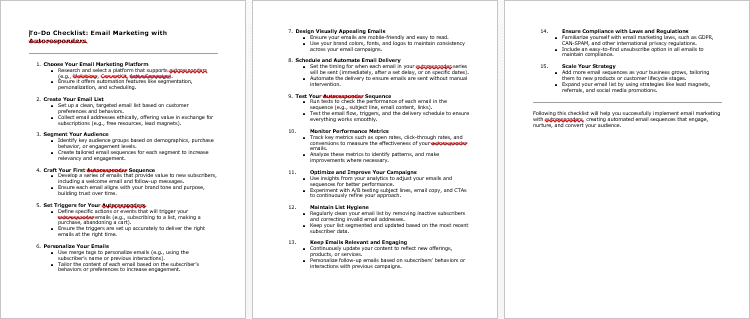
Email Marketing with Autoresponders – FAQs

Email Marketing with Autoresponders – Salespage Content

Package Details:
Word Count: 24 046 Words
Number of Pages: 101
Email Marketing with Autoresponders – Bonus Content
Checklist
Word Count: 567 words
FAQs
Word Count: 1163 words
Salespage Content
Word Count: 765 words
Total Word Count: 26 541 Words
Your PLR License Terms
PERMISSIONS: What Can You Do With These Materials?
Sell the content basically as it is (with some minor tweaks to make it “yours”).
If you are going to claim copyright to anything created with this content, then you must substantially change at 75% of the content to distinguish yourself from other licensees.
Break up the content into small portions to sell as individual reports for $10-$20 each.
Bundle the content with other existing content to create larger products for $47-$97 each.
Setup your own membership site with the content and generate monthly residual payments!
Take the content and convert it into a multiple-week “eclass” that you charge $297-$497 to access!
Use the content to create a “physical” product that you sell for premium prices!
Convert it to audios, videos, membership site content and more.
Excerpt and / or edit portions of the content to give away for free as blog posts, reports, etc. to use as lead magnets, incentives and more!
Create your own original product from it, set it up at a site and “flip” the site for megabucks!
RESTRICTIONS: What Can’t You Do With These Materials?
To protect the value of these products, you may not pass on the rights to your customers. This means that your customers may not have PLR rights or reprint / resell rights passed on to them.
You may not pass on any kind of licensing (PLR, reprint / resell, etc.) to ANY offer created from ANY PORTION OF this content that would allow additional people to sell or give away any portion of the content contained in this package.
You may not offer 100% commission to affiliates selling your version / copy of this product. The maximum affiliate commission you may pay out for offers created that include parts of this content is 75%.
You are not permitted to give the complete materials away in their current state for free – they must be sold. They must be excerpted and / or edited to be given away, unless otherwise noted. Example: You ARE permitted to excerpt portions of content for blog posts, lead magnets, etc.
You may not add this content to any part of an existing customer order that would not require them to make an additional purchase. (IE You cannot add it to a package, membership site, etc. that customers have ALREADY paid for.)
Share Now!

